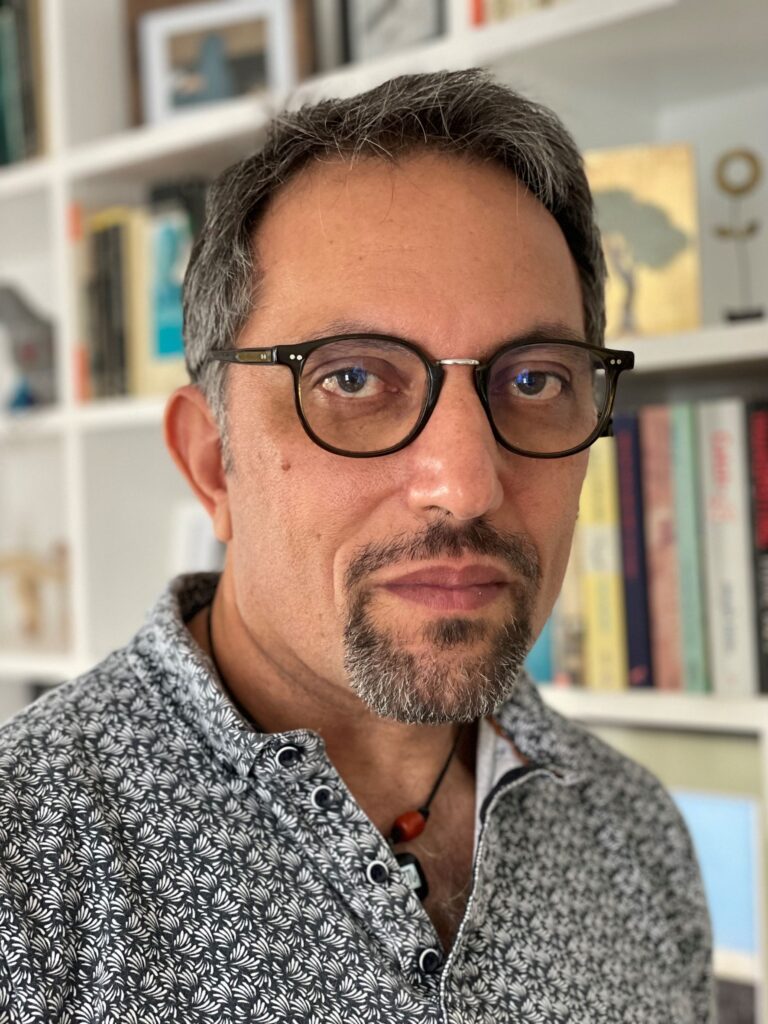The COVID-19 pandemic has emphasized the importance of digital adoption and use of technology across all sectors, not the least of which is in healthcare.
It is no surprise that hospitals have been through the ultimate stress test in the last year and a half.
Healthcare systems that weathered the crisis and came out the better were the ones that were already embracing new data-driven trends, recognizing the opportunities it could bring in the field. In fact, digital infrastructure has become one of the top spending priorities for public and private hospitals in APAC alike.
While there is now a spotlight on accelerating the reliance on technology in healthcare for the long-term, the healthcare sector is known also to be resistant to change. This begs the question: will healthcare systems ever be agile and tech-savvy enough to respond quickly to challenges?
What’s the key to futureproofing the healthcare sector? What paradigm shifts or new models are required to counter the risk-averse culture in healthcare organizations?
DigiconAsia put these questions and more across to Dr Constantin Jabarin, Chief Clinical Information Officer, Allscripts International:

What are the key challenges to innovation in healthcare?
Dr Constantin Jabarin (CJ): As a CCIO, a technologist and a practicing clinician, I feel that innovation in healthcare, innovation in any aspect of life, is always a good thing. Although to most individuals medicine is associated with innovation, and that may be true for a number of individuals and organizations, on the whole, it is healthcare that is resistant to change.
Innovation is a crucial aspect of how the practice of medicine evolves, and yet, as the question implies, it is still a challenge. Why?
I appreciate the term ‘medicine’ covers practice in different cultures. In my answers, when I talk about medicine, it is based on the Western medicine that I personally practise and support as a CCIO.
We see risk mitigation from senior management/executives, which may not present itself as direct resistance; however, it does impact innovation. Healthcare, understandably, is risk averse, and innovation is seen as taking risks with something new. Some organizations are willing to do so, but on the whole, most will want to wait until someone else has proven that the solution works.
Risk is also a challenge for the vendors, in particular the smaller, newer companies that need to see sales growth. On the whole, companies in healthcare will aim to create an MVP (Minimal Viable Product) in order to secure those crucial initial sales of a new product or solution. In order to try and get healthcare organizations to buy into their innovative solutions, the MVP will in a lot of cases be safe.
As a result, the offering will not be as innovative as it should be. This in turn will lead to healthcare organizations not subscribing to the new offering. As result, the new innovative idea fails from a lack of interest. This is a fine balance between perceived risk and benefits.
To break away from this risk-averse pattern, you need clinical technologists who are able to understand the proposals and see the benefits whilst acknowledging the risks. Most importantly, they must be able to translate those benefits into a language that is understood by both the tech side/IM& T, as well as their clinical colleagues. These key individuals must have a good grasp of both technology and medicine.
Why is adoption difficult in this space?
CJ: Once you get past the challenge of innovation acceptance, you need to have the solution(s) adopted and embedded into healthcare organizations. As mentioned already, there is suspicion and resistance of new solutions. Some of these suspicions are based on previous implementations that did not go to plan, others are simply an unwillingness to change processes that have been established for a long time.
In other words, the risk-averse culture we know exists in healthcare. To successfully embed a new tech solution, we know you need three simple but key resources:
- IT resources
- Time (which can also be translated as funding)
- Clinical resources
IT resources are usually available. The level of resources may challenge the timelines for a particular project, but it is not a barrier for adoption. When it comes to time/funding again, you can argue there is never enough of either, but again, this is not a barrier once the project has been accepted.
The biggest challenge to adoption is the lack of clinical resources available to make the project succeed. A vast majority of projects in healthcare are clinically orientated projects and without any form of clinical leadership, they struggle to get adopted.
You need clinical leaders to support the clinical conversations. Clinical leaders who can engage with other clinicians in a language that is understood. They can also reassure clinical staff that the solutions are real and not simply vaporware.
